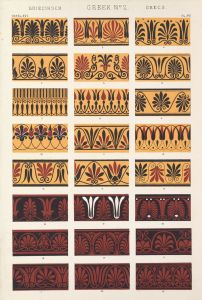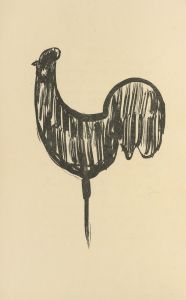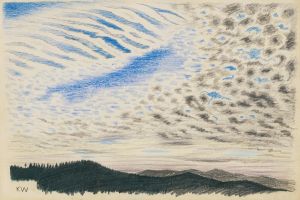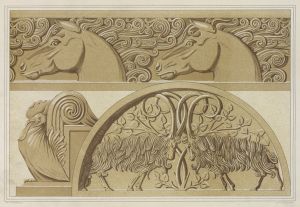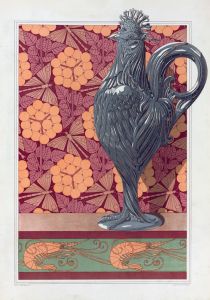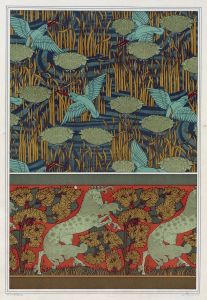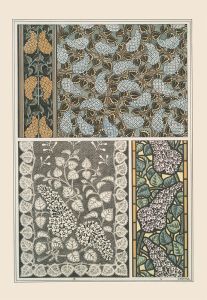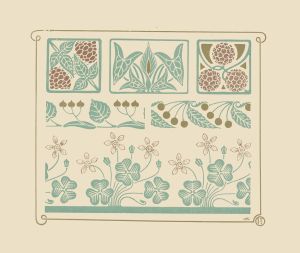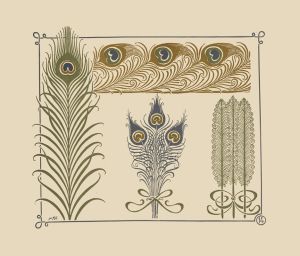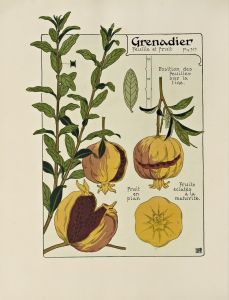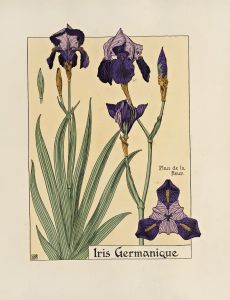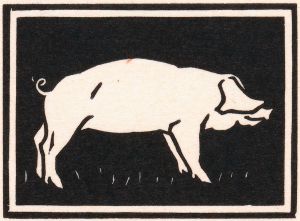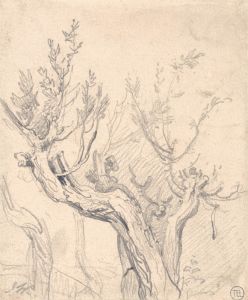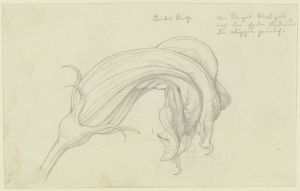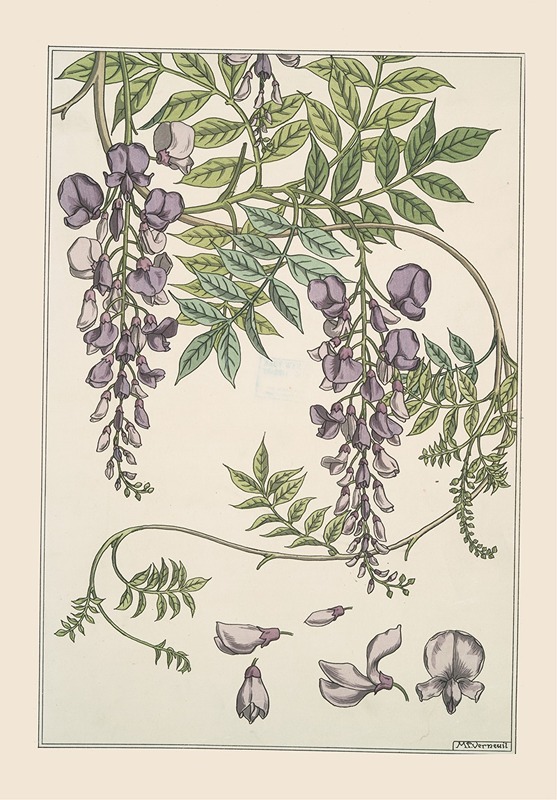
Glycine
A hand-painted replica of Maurice Pillard Verneuil’s masterpiece Glycine, meticulously crafted by professional artists to capture the true essence of the original. Each piece is created with museum-quality canvas and rare mineral pigments, carefully painted by experienced artists with delicate brushstrokes and rich, layered colors to perfectly recreate the texture of the original artwork. Unlike machine-printed reproductions, this hand-painted version brings the painting to life, infused with the artist’s emotions and skill in every stroke. Whether for personal collection or home decoration, it instantly elevates the artistic atmosphere of any space.
Maurice Pillard Verneuil was a prominent French artist and designer known for his contributions to the Art Nouveau movement, which flourished in the late 19th and early 20th centuries. His work often featured intricate patterns and natural motifs, reflecting the movement's emphasis on organic forms and decorative arts. One of his notable works is "Glycine," which exemplifies his style and artistic philosophy.
"Glycine," which translates to "Wisteria" in English, is a piece that showcases Verneuil's fascination with nature and his ability to translate its beauty into decorative art. The artwork is characterized by its detailed depiction of wisteria flowers, a popular motif in Art Nouveau design due to their elegant and flowing forms. Verneuil's use of wisteria in this piece highlights his skill in capturing the essence of natural elements and transforming them into stylized, ornamental designs.
The composition of "Glycine" is marked by its harmonious balance and rhythmic flow, typical of Verneuil's work. The wisteria vines are depicted with graceful curves and intertwining lines, creating a sense of movement and fluidity. This dynamic quality is a hallmark of Art Nouveau, which sought to break away from the rigid structures of previous artistic styles and embrace more organic, free-flowing forms.
Verneuil's choice of color in "Glycine" further enhances the piece's aesthetic appeal. The soft, muted tones of the wisteria flowers contrast with the darker shades of the vines and leaves, creating a visually pleasing composition that draws the viewer's eye across the artwork. This use of color not only adds depth and dimension to the piece but also reflects the natural beauty of the wisteria plant.
In addition to its artistic qualities, "Glycine" is significant for its role in the broader context of Art Nouveau design. Verneuil was part of a movement that sought to integrate art into everyday life, and his work often appeared in various forms of applied arts, including textiles, wallpapers, and ceramics. "Glycine" exemplifies this approach, as its decorative style would have been well-suited for use in interior design, bringing the beauty of nature into domestic spaces.
Maurice Pillard Verneuil's contributions to the Art Nouveau movement extend beyond his individual artworks. He was also an influential figure in the dissemination of the movement's ideals through his publications and collaborations with other artists and designers. His work helped to popularize the Art Nouveau style and its emphasis on natural forms and decorative beauty, leaving a lasting impact on the world of art and design.
Overall, "Glycine" by Maurice Pillard Verneuil is a testament to the artist's skill and vision, capturing the essence of the Art Nouveau movement through its elegant depiction of natural forms. The piece remains an important example of Verneuil's work and continues to be appreciated for its artistic and historical significance.





